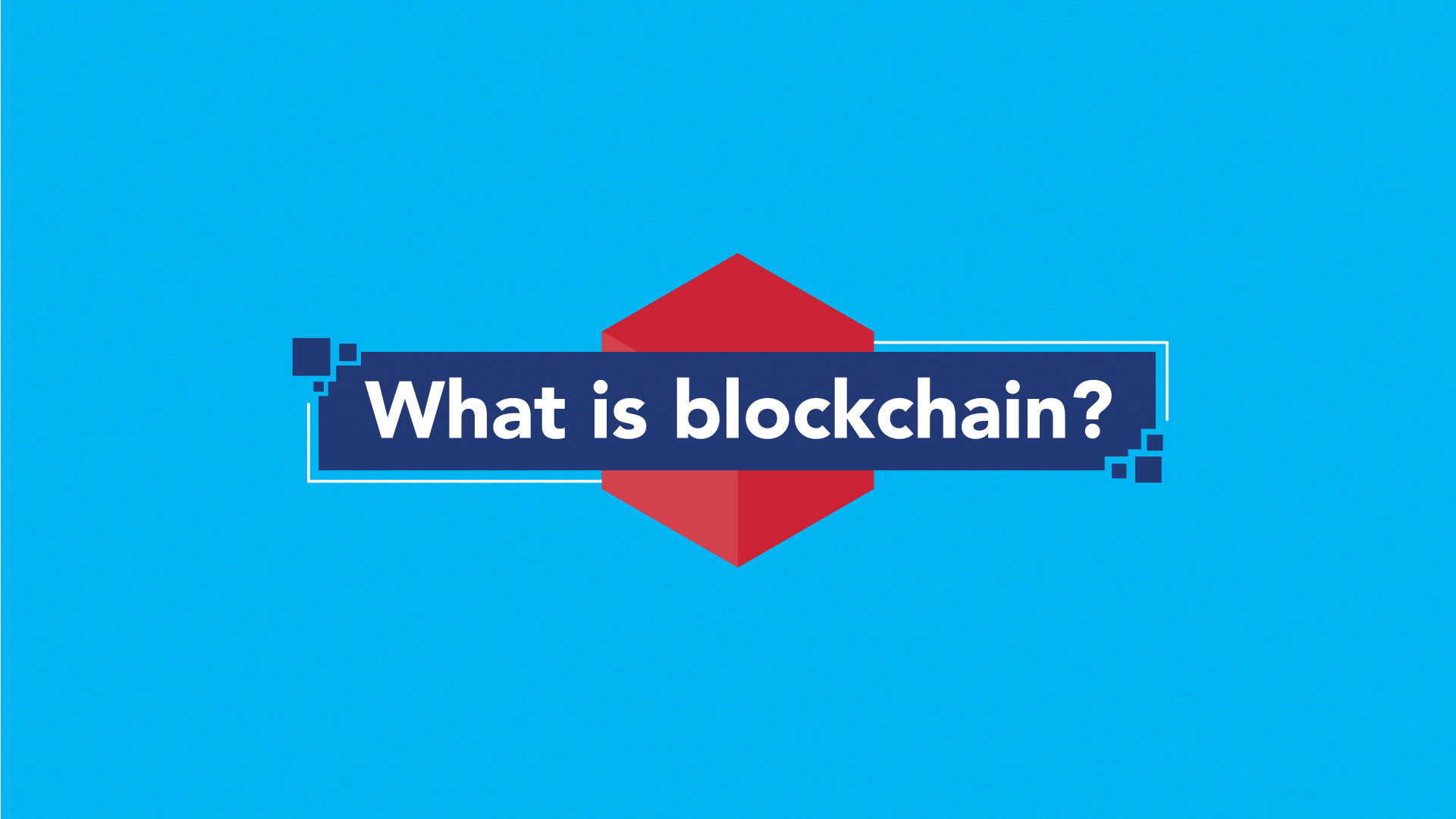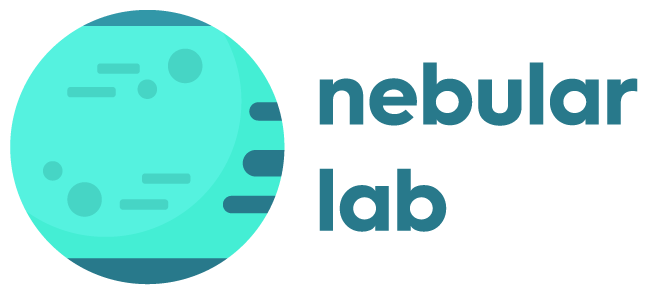
What is Blockchain?
Blockchain is a distributed ledger, which is open and conducted through a peer to peer linkage. It enables the movement of digital assets (such as bitcoin) from one individual to another in real time securely using no indirect parties.
The Process
The process starts with a person requesting a transaction. This transaction is then transmitted to nodes, which are computers that form a P2P network. The user’s transaction is then validated using predefined algorithms.
Next, the transaction is put together with other transactions to form a separate data block for the ledger. This new block is then combined with the existing blockchain and then finally the transaction is completed. (Check the infographic below for a more comprehensive visual representation of this process)
Advantages
1. Transparency: The fact that blockchain is open source makes it transparent. Other users can, therefore, customize and modify it as need be. Changing any data that has already been logged is hard because there are countless people, who can monitor what is going on in the network.
2. Lower cost of transactions: Blockchain allows for transactions between peers to occur without using any third parties. The use of third parties is an extra cost towards those who are transacting, that can be avoided by transacting directly using blockchain.
3. Faster transactions: Banks are known to sometimes have delayed transactions. Bureaucracy, protocols, and policies slow down transactions significantly. Blockchain transactions are however processed quickly in real time, with processes taking place for twenty-four hours a day, every single day.
4. Decentralization: Blockchain does not operate within a centralized data hub. Transactions are allowed to have their own individual validity proofs and authorizations to impose those controls.
5. Strong User Controls: Many investors are attracted to blockchain, because open-source users and developers are the ones who control it, without interference from third parties.
Drawbacks
1. Regulations: Governments and regulatory bodies are becoming keen on regulating blockchain, as it has gained immense popularity. Because traditional currency has mostly been regulated, blockchain is not easily adopted by governments and traditional institutions because it is unregulated.
2. Implementation challenges: For blockchain to be applied, it needs an overhaul or huge changes to existing systems, which will need companies to use new strategies.
3. Complex technology: Blockchain technology comes with its own new vocabulary. This highly specialized industry is full of jargon that requires simplified glossaries and indexes to explain.
4. Energy consumption: Bitcoin blockchain miners require a lot of power output to attempt solutions to validate hundreds of thousands of transactions.
5. Cultural adoption: As with most new technology, early investors are over-optimistic that it will be adopted fast. Adoption of decentralized transactions still needs a lot of time when it comes to getting the buy-in desired, to become mainstream.
Potential Applications
1. Automotive: Blockchain is used to facilitate fractional ownership in the field of autonomous cars.
2. Voting: It can create a means for secure and verifiable voting using computers, phones, and other digital devices.
3. Finances: It facilitates fast, secure and cheaper transactions that are open source.
4. Healthcare: Patients’ information can be shared securely without infringing on their privacy.
Check out the following infographic for more info on the subject:
Hamza Abdelhak
Latest posts by Hamza Abdelhak (see all)
- The Best Inspirational Podcasts for Your Commute - October 28, 2021
- Tim Ferriss’s Not-To-Do List: 9 Habits to Stop Now [Infographic] - June 4, 2018
- 10 Reasons Why Every Content Marketer Should Use Infographics - April 30, 2018


